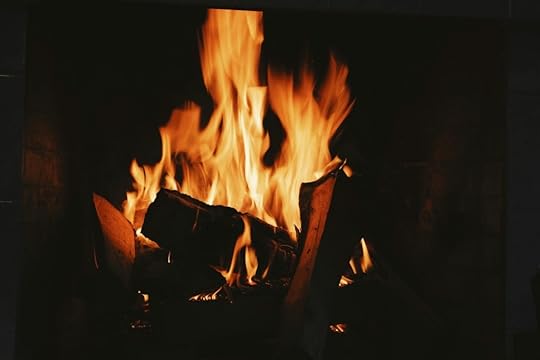The Story of the Lamp by F.W. Robins – Sitting Beside the Fire

The Story of the Lamp (and the Candle) is a history of artificial light, by F.W. Robins, published in 1939. I read the book as research for a novel I am writing which involves candles.
This book has a lot of detail about individual types of lamp and candle through the ages. But it’s also good on the big picture, of how fire and light have influenced human history. The evolution of technology, from pottery, metal work, and all other related crafts, to engines – whether that’s steam, internal combustion or rocket – through to the generation of electricity and everything that comes with it, derives from the control of fire. This breakthrough also had the effect of greatly expanding the time available for people to do things. Not much can be done in the dark, but people had the ability to turn night into day. Given the revolution this represents, it is not surprising that a veneration of fire and light has echoed down the centuries. The Story of the Lamp was very good at tracing these echoes. As just one example, the centre of ancient societies was the communal hearth. At some point someone discovered you could take a small portion of that light and heat into the surrounding darkness, in the form of a burning stick, which became a taper, then a candle; or it became a lamp, burning the fat that came from cooking, done on that same communal hearth. These separate flames could go off and wander about, even set themselves up in new communities, while always maintaining their link with the original fire. They were small parts of the whole. As just one example of the echoes that remain of this long lost primal camp fire, the epilogue suggests we think about the tradition of the Olympic flame, lit every five years at Olympia, and then taken off to wherever the Olympic Games has set up its new camp.
The Story of the Lamp shows how the present is a mirror of the past. All the aspects of our complex world can be traced back to people sitting next to a camp fire they managed to start and maintain. That is rather comforting. At the same time, the book serves as a reminder that ancient people saw danger in the seemingly miraculous gift that made their lives so much better and brighter. This fear was part of respect they felt for what they had been given. Maybe we could do with some of that



